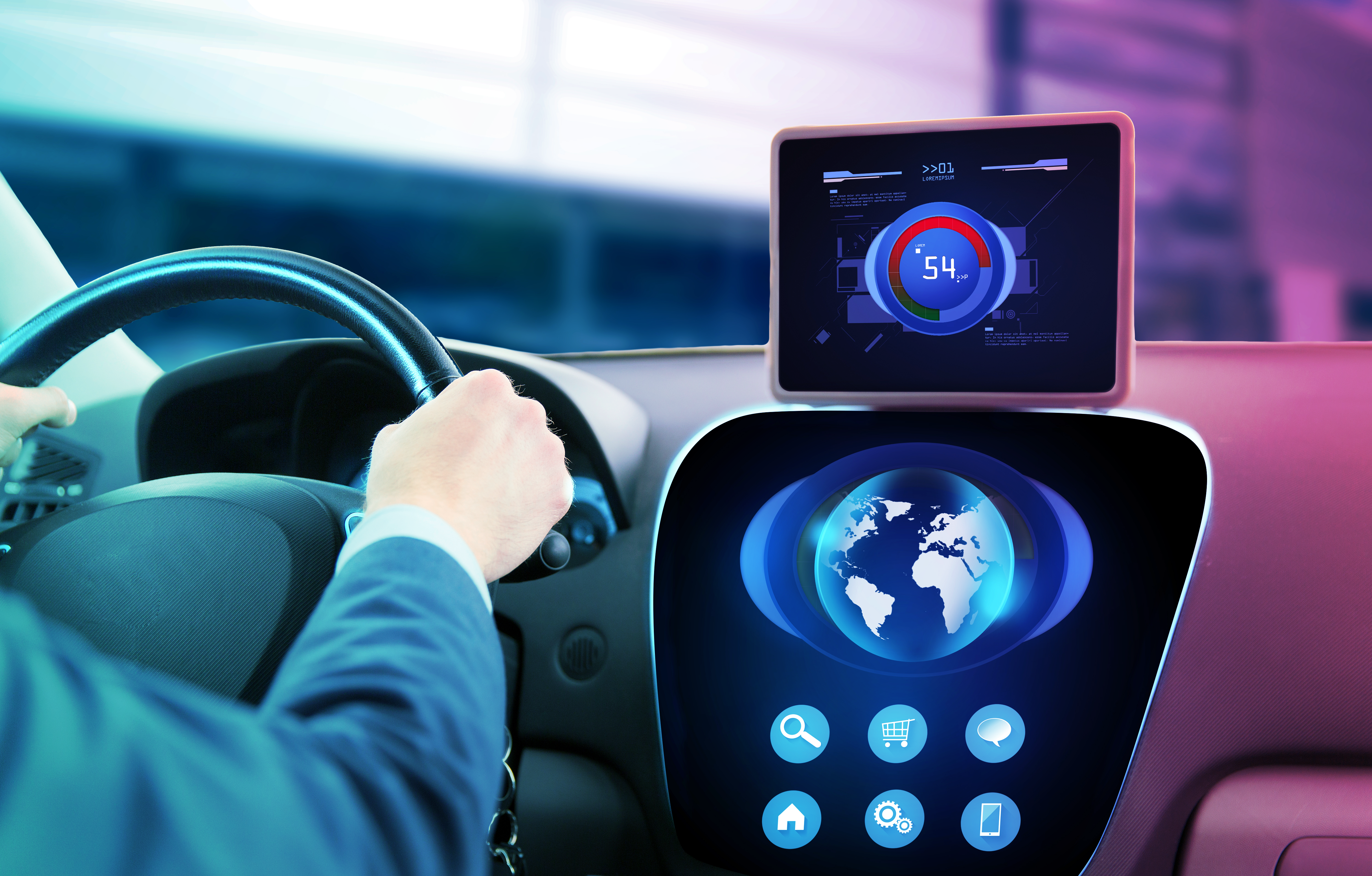Connected vehicles aren’t just transforming the automotive industry, they’re re-defining how we move people, goods and services around the world. In the process, they’re changing business models, use cases and the very concept of vehicle ownership. Above all, they are generating data.
Next-generation automakers already understand that the data explosion brings a wealth of opportunity. From contextual vehicle usage data to premium mobility and infotainment services, all of the leading marques are embracing the next stage in automotive’s evolution. But what about the challenges?
As automotive OEMs become technology integrators, managing disruption from tech giants such as Google or Apple and taking ownership of the in-vehicle experience will see them re-shaping their business around software, data and analytics. As customers seek ever-more personalised experiences, automotive brands will be defined by the embedded software and services that ship with their vehicles – just as they’ve traditionally been identified by premium features, performance and reliability. All of this calls for a seamless mobile experience that the customer can make their own – and take with them wherever they go. Car localisation is about to go global.
The future is local, and global
Your customers are used to a digital life on-demand. They’re used to accessing the services they want, when they want them, in a format that works for them. And they’re used to being able to personalise it. Above all, they’re used to expecting the same digital experience whether they’re streaming Netflix from the couch at home or driving in a new town, in a new country, looking for a restaurant that serves their favourite cuisine. When they access premium mobility services or digital personalisation features from their vehicle, they expect it to happen on the same terms as it did before they left the house. Wherever they happen to be driving.
For automakers, meeting that challenge can be complex. Shipping cars globally while ensuring highly localised, highly personalised experiences from the moment the driver turns the key is complicated. Ensuring that every experience complies with local regulatory requirements adds to the complexity – and can entail negotiating with multiple vendors in diverse geographies. And how do you address the increasing costs and potential latency associated with high-bandwidth services and roaming? All of this has to happen with minimal disruption to the end-user – they’re used to roaming with their mobile phone, they expect the same performance from their vehicle.
To deliver a user journey that follows the home country, keeps it real and keeps it reliable, automakers need to solve for local – on a global level.

Moving forward without losing the legacy
Leading automakers are already developing innovative new in-vehicle apps and app stores that will enable services such as video streaming. They are finding new ways to connect the vehicle with the customer’s digital world. Any disruption or degradation of service risks undermining brand perception and loyalty that, in some cases, has been built up over many decades or longer. In addition to localisation, issues of both latency and cost around roaming and high-bandwidth services need to be addressed. Split-billing and local breakout (LBO) are becoming key capabilities underpinning success.
Cubic Telecom uniquely provides seamless connected software and data analytics for vehicle manufacturers in more than 190 countries globally. We connect almost 10 million devices worldwide, enabling over 1bn data transmissions daily – giving our customers the ability to maximise customer lifetime value through innovative, premium mobility services.
To learn more about our unique connected software management, analytics and insights platforms can help you give your customers the seamless, localised experience they’re looking for, check out Connected Software, Driving Performance for Automotive today.

